Why You Should Consider Installing Internal Fire Doors in Your Home
If you're planning to install new interior doors—whether you're sprucing up your space or undertaking major renovations—it might be worth considering fire doors. Certain areas in your home could really benefit from the added safety these doors provide in case of a fire emergency.
Topics:
What is an Internal Fire Door?
Are Fire Rated Doors a Legal Requirement in Private Homes?
Why Consider Fire Doors During Home Renovations?
Where to Install Fire Doors
How to Install a Fire Door
Home Fire Door Design
Fire Door Hardware
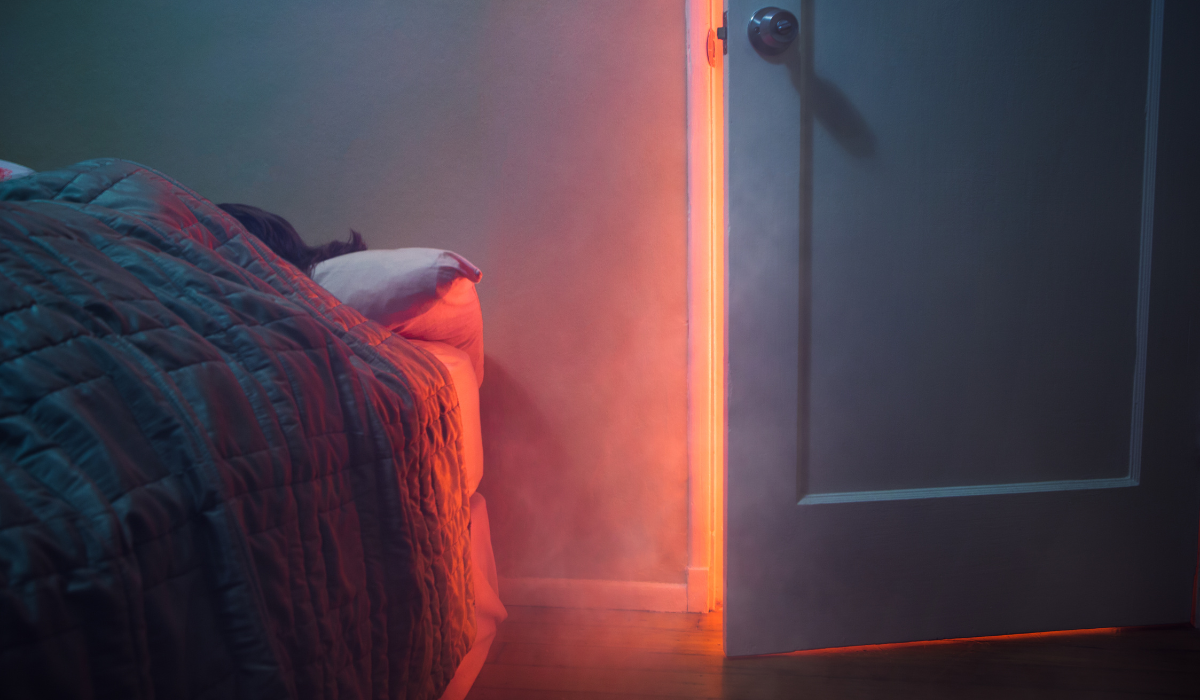
In this article, we'll explore internal fire doors for your home, what they are, why they matter, and what goes into installing them. Let’s start with a basic definition.
What is an Internal Fire Door?
Internal fire doors are specifically designed to withstand fire for a specified period, usually rated at 30 minutes (FD30) or 60 minutes (FD60). These doors slow down the spread of flames and smoke, giving you crucial time to evacuate safely while potentially minimizing property damage.
Flame Resistance
Unlike regular interior doors, which are typically made of materials more prone to fire damage, fire doors are built to resist flames and prevent them from spreading from one area to another. This allows occupants more time to exit safely and helps reduce fire-related losses.
Smoke Control
A fire-rated door is designed not only to resist fire but also to include seals that block smoke from seeping through small gaps around the door and its hardware—smoke can be just as dangerous as fire itself.
However, fire protection regulations vary depending on the type of home. It’s essential to know when fire doors are legally required and when they’re not, especially when renovating or installing new doors in your home.
Are Fire Rated Doors a Legal Requirement for Private Homes?
In the UK, building regulations require the use of internal fire doors in specific scenarios. While there is no legal obligation to have every interior door fire-rated, certain rooms in a home must have fire doors as part of the safety plan. For instance, if a room connects directly to an escape route, such as a corridor or staircase, installing a fire door can help protect against the spread of fire and smoke.
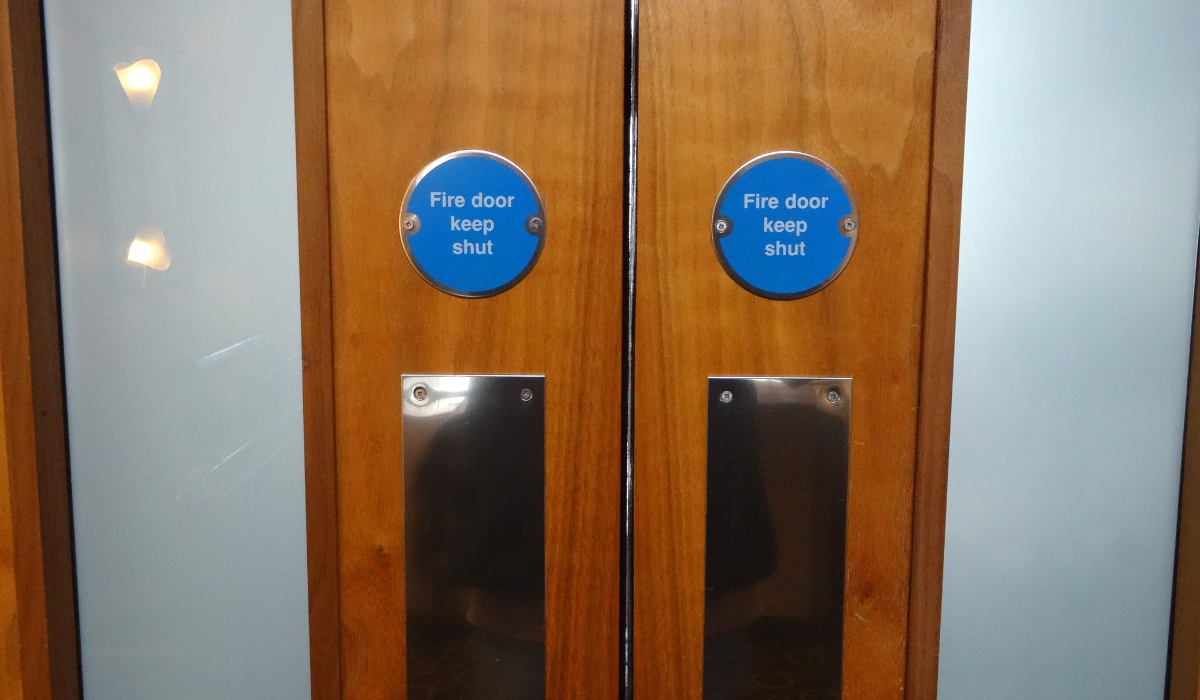
New Builds, Rental Properties, and Public Spaces
These regulations primarily apply to new builds, rental properties, houses of multiple occupancy (HMOs), blocks of flats, and public buildings. Unless you’ve built your own house, manage a rental property, or are responsible for a public building, your private residence is unlikely to fall under these fire safety regulations. In such cases, it’s a good idea to delve deeper into the UK’s fire door laws and guidelines.
Major Home Renovations
If your home renovations are extensive enough to require planning permission, you may need to incorporate some fire doors as part of the approval process. Your architect or project manager should be aware of these requirements.
Assuming you don’t fall into any of the above categories, are you legally required to use fire doors in your home? No, you’re not. However, there are compelling reasons to consider installing fire doors in your home.
Why Consider Installing Fire Doors?
Let’s face it—unless mandated by law, safety features often take a back seat during home renovations in favor of aesthetics and cost considerations. But fire safety should always be a priority, whether you live in a small apartment or a spacious detached house.
Building fire-resistant features into private homes is increasingly common, with devices like smoke alarms, fire extinguishers, and fire blankets already in place. If you’re replacing interior doors, particularly kitchen or garage doors that connect to your living space, it’s a great opportunity to install fire doors. It could literally save lives.
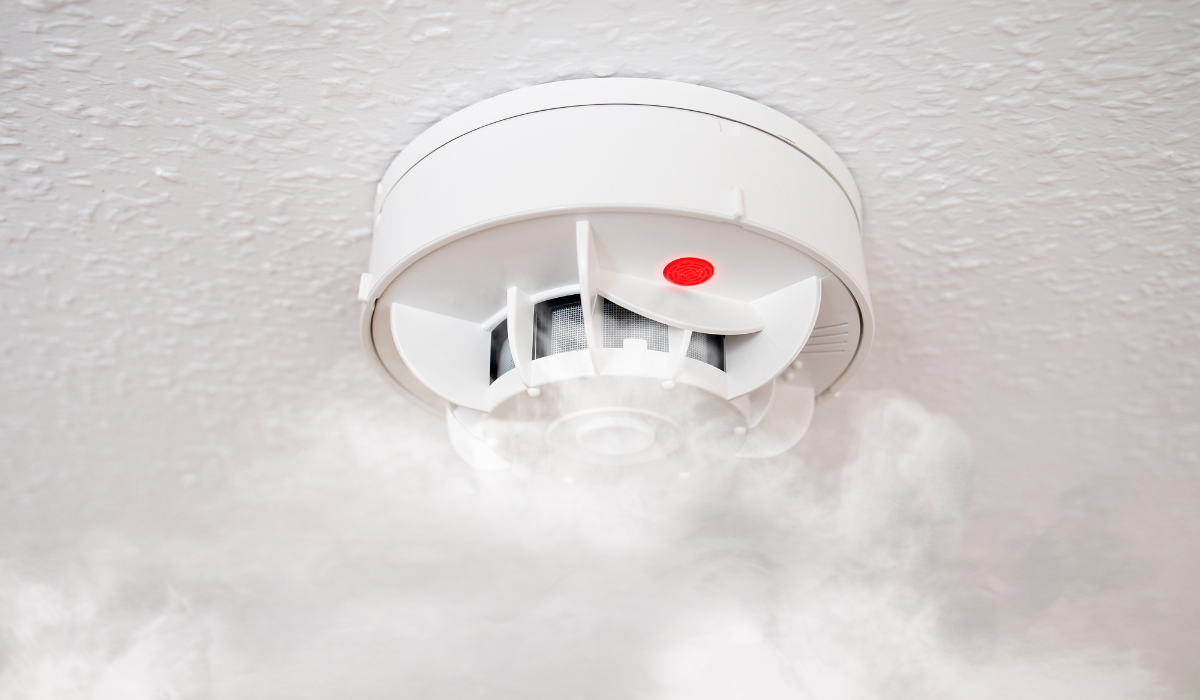
Where to Install Fire Doors
According to UK government statistics, 67% of household fires originate in the kitchen. Additionally, garages often store flammable substances like petrol, gas, and oil. Given this, installing fire doors between your kitchen and garage makes perfect sense.
Moreover, if you have a larger home, it’s worth considering fire doors where a door opens onto a hallway or another potential evacuation route in case of a fire. For example, rooms downstairs that lead directly to the hallway leading to the front door.
How to Install a Fire Door
Installing an internal fire door in your home is similar to installing any other new door into an existing frame. Fire doors are slightly heavier than standard interior doors, but aside from that, they are similar in size and appearance to regular doors.
One key difference between fire doors and regular doors is the fire-tested handles, special fire-resistant hinges, and intumescent pads used to seal the door against smoke. We’ll discuss these components in more detail later. First, let’s look at the design and style options available for internal fire doors.
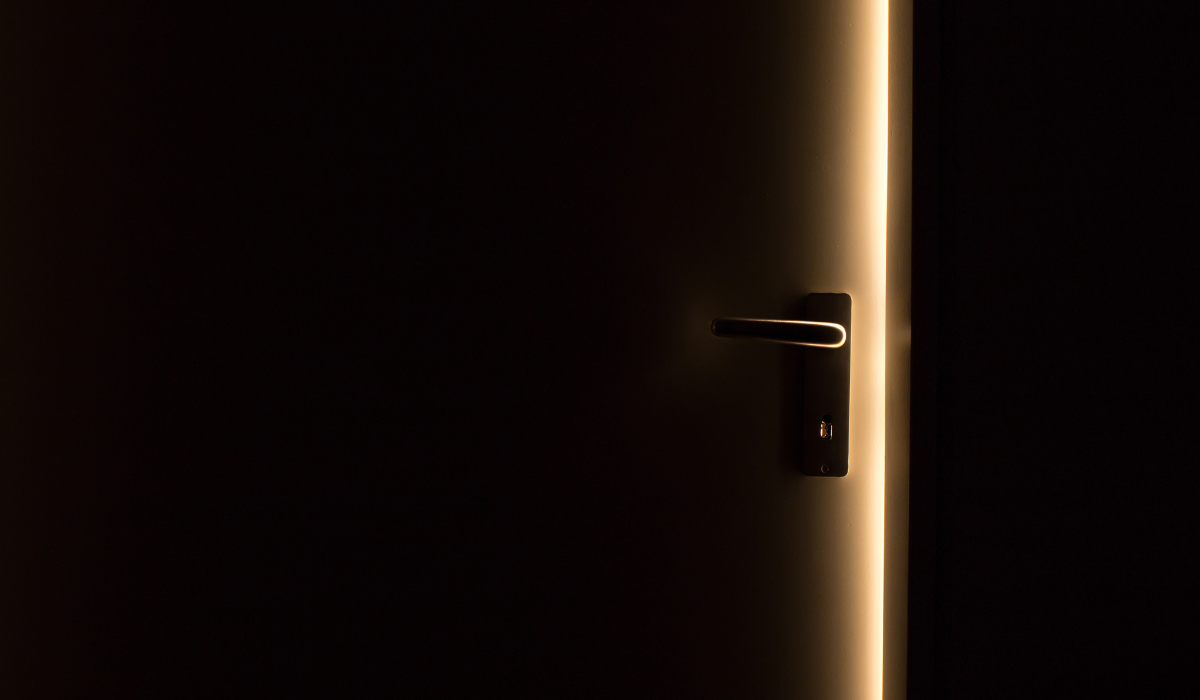
Home Fire Door Design
When people hear the term “fire door,†they often picture heavy, industrial-looking doors found in apartment complexes or office buildings with signs instructing users to “Keep Closed.†But not all fire doors look like that.
Just like standard interior doors, fire doors come in a wide range of designs and styles. You can install fire doors in your home without sacrificing style. You should be able to find a fire door that matches your home’s decor.
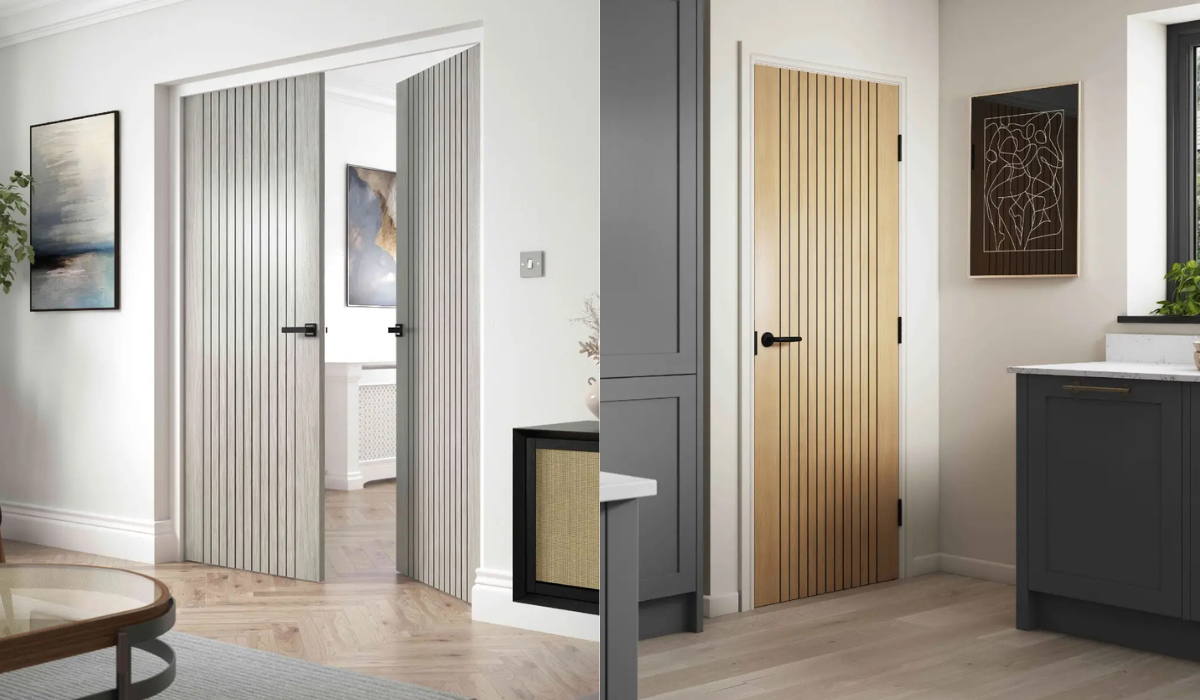
Fire doors are sturdier than standard interior doors, but this doesn’t affect their appearance. Home fire doors can be single or double doors, available in various designs, including laminated, veneered, or painted finishes, in both modern and traditional styles.
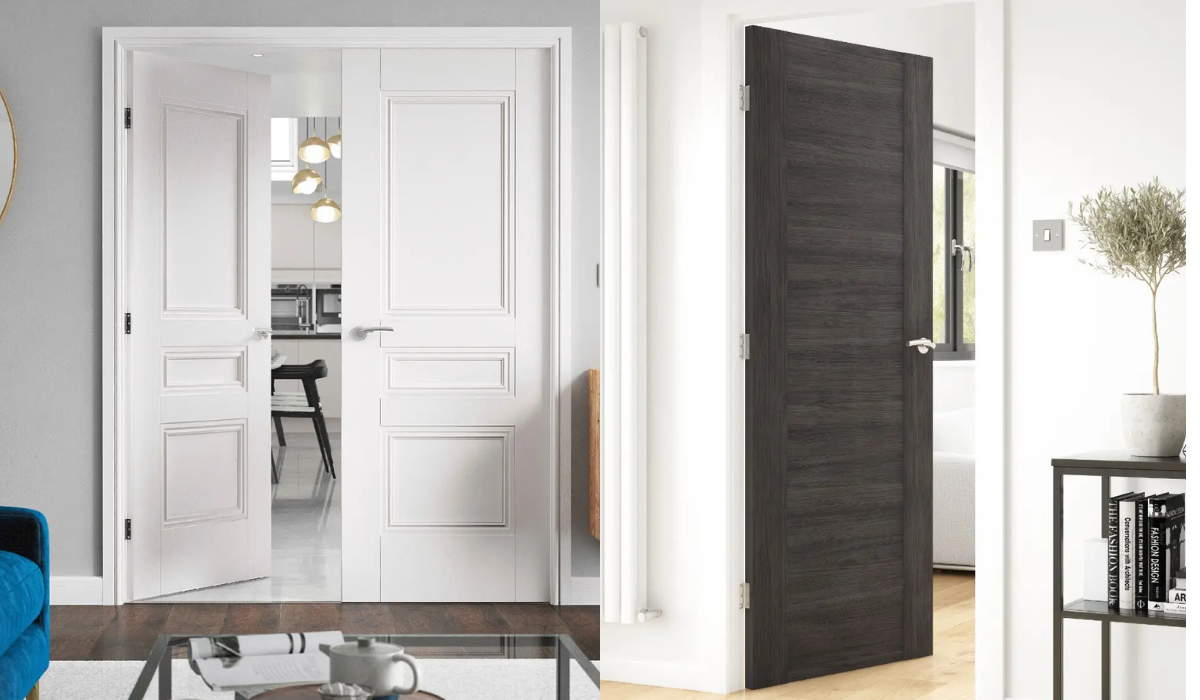
Fire Door Hardware
While the design and finish of a fire door may resemble that of any other interior door, the hardware used is quite different.
Fire door hardware—or door furniture, as it’s sometimes called—is made from high-quality materials and undergoes rigorous testing to ensure it can withstand fire and smoke spread.
Fire Tested Handles & Hinges
As expected, fire-tested door handles have been subjected to tests ensuring they can endure the heat of a fire for 30 or 60 minutes before failing. Learn more about fire-tested door handles in this dedicated article.
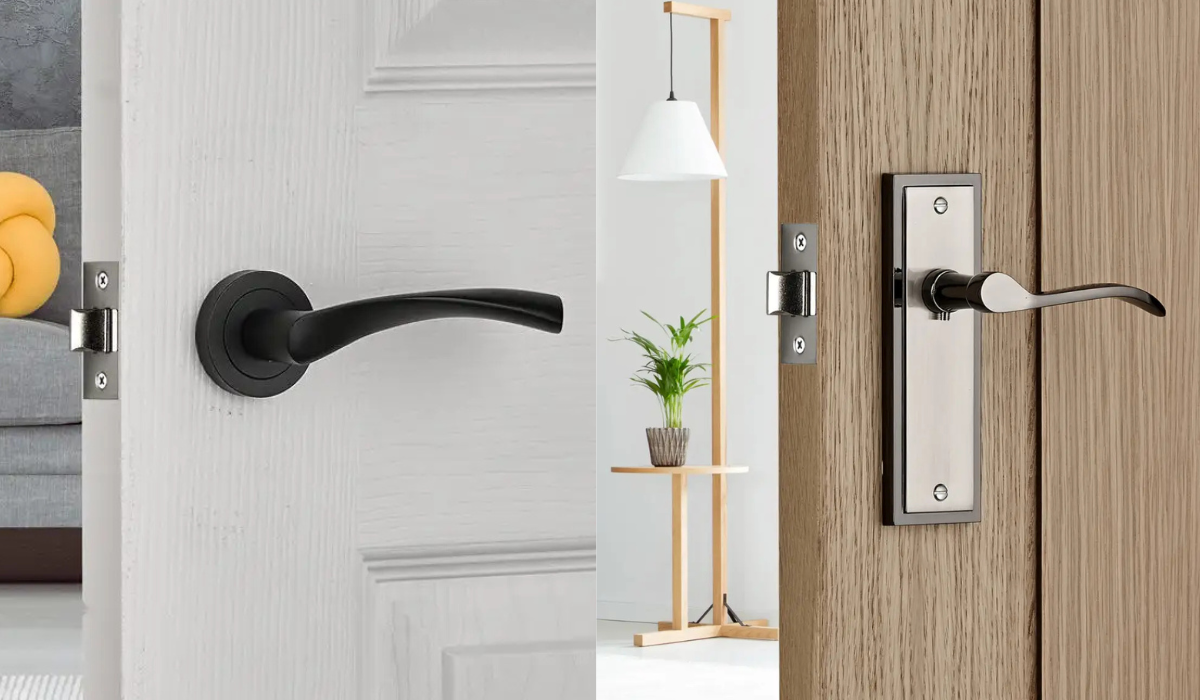
Fire door hinges should bear the UKCA mark and comply with BS EN 1935. They are tested and graded based on load-bearing capacity and frequency of use, with grades ranging from 1 to 9. For more information on fire door hinge grading, check out this resource.
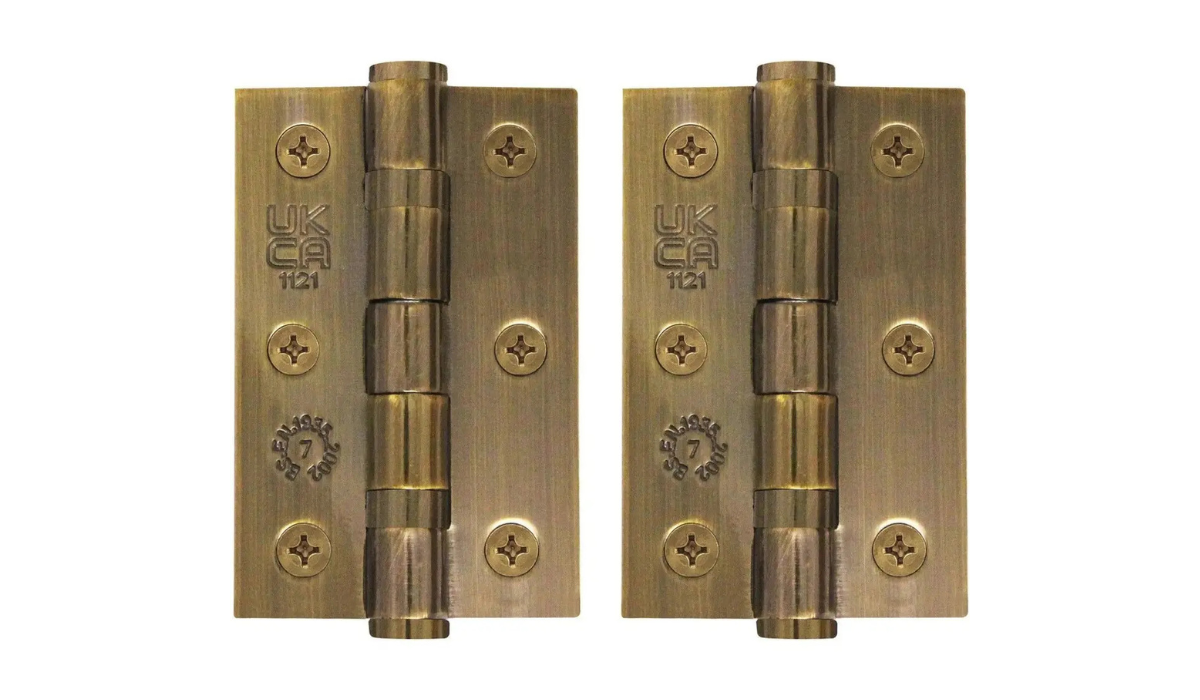
Fire Door Hardware Packs
The easiest way to ensure you get the right fire door hardware is to purchase it all in one pack. Fire door kits typically include door hinges, door closers, intumescent strips and pads, locks, latches, and “keep closed†signs, which are optional in your own home.
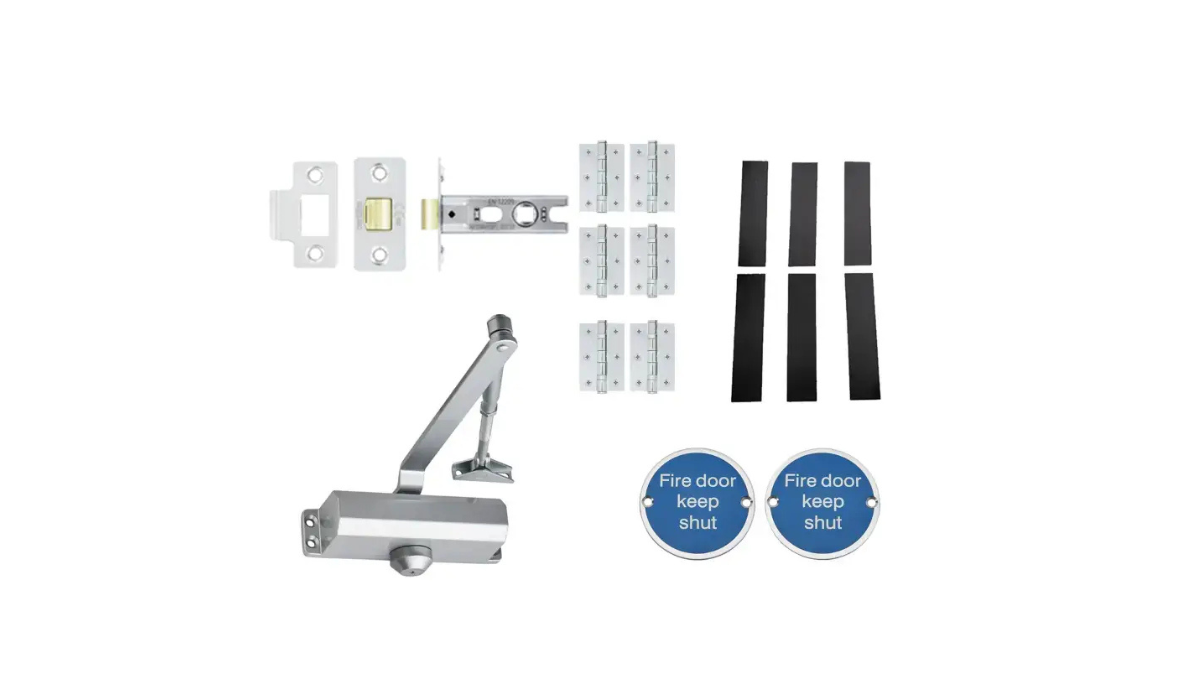
Final Thoughts
Hopefully, this article has helped you decide whether to install fire doors in your home. The benefits are clear in terms of peace of mind and safety for you and others in the event of a fire.
As we’ve seen, internal fire doors look just like any other interior door, offering a wide variety of designs, styles, and finishes. Buying fire door hardware in a kit will also help keep costs down.
For more information about home fire doors, browse the full range at Hiatt Hardware. Discover a wealth of DIY home and garden articles and how-to guides like this one at the Hiatt Hardware Blog.
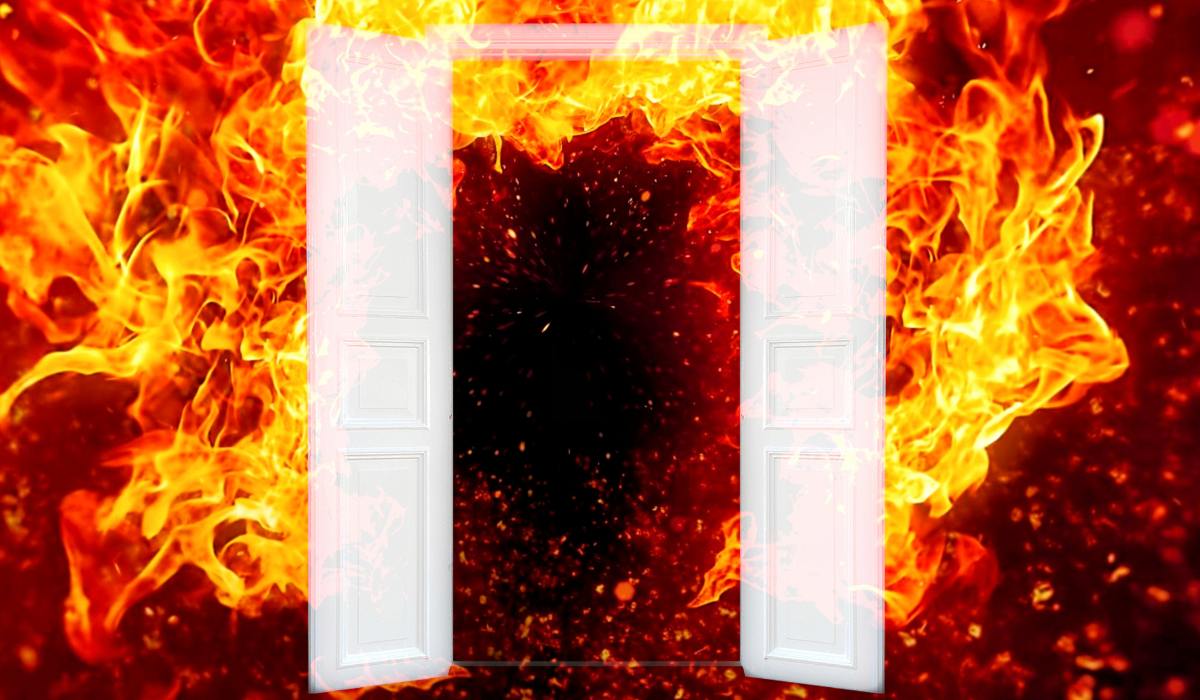
Ningbo RMI Plastic Co.,Ltd offer several models of PVC BALL VALVE, include true union PVC Ball Valve, flanged PVC ball valve, gear type PVC ball valve, three way PVC ball valve, electric PVC ball valve, pneumatic PVC ball valve, PVC compact ball valve. designed as per standard DIN, ANSI, JIS, BS, CNS. pressure rate by PN10, PN16, 150LB. PVC ball valve is widely use in water supply, water treatment, swimming pool, finish farm, agriculture and irrigation etc.
Ningbo RMI Plastic Co.,Ltd offer PVC ball valve with specification:
Size:DN15~DN300 (1/2 inch ~ 12 inch)
Connection: Flange DIN PN10, ANSI CL150, JIS10K; socket DIN, ANSI, JIS, CNS, BS; Thread BSPT, NPT.
Body Material:PVC-U
Seal material:EPDM
Seat Material:PTFE; PP
Design pressure:1.0Mpa(PN10 bar)
PVC Ball Valve,PVC Ball Valve Flange,UPVC Ball Valve,PVC Union Ball Valve
Ningbo RMI Plastic Co.,Ltd , https://www.rmiplast.com